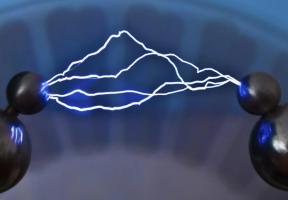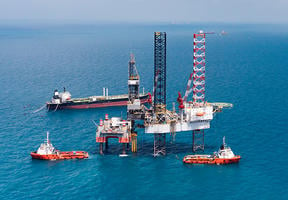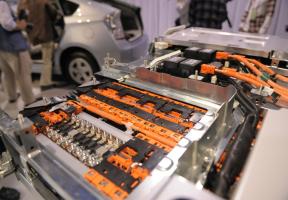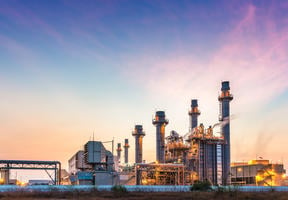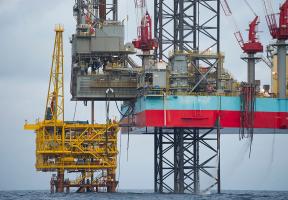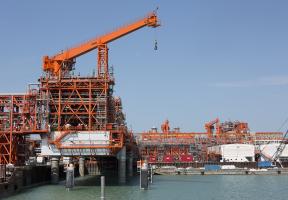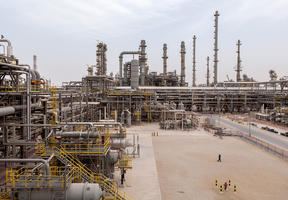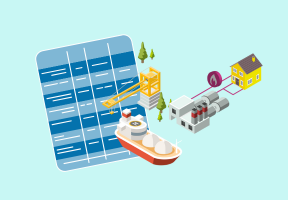How They Work: Domestic Hot Water Production.
5 min read
As well as heating the water that flows through radiators, central heating systems produce hot water for domestic use. This domestic hot water is either produced on demand or stored in a tank to be used when needed. Individual water heaters also exist, including innovative versions using pumps or solar energy.

© MYCHELE DANIAU / AFP - Image of a water heater with a notice recommending that it be serviced annually.
Conventional Water Heaters
Conventional independent water heaters are powered by or gas.
On-demand systems activate the combustion or resistance process each time hot water is needed. While only suited to supplying small quantities at a single point of use, they limit heat loss, since the water is consumed straight away.
In systems with independent tanks (usually with a capacity of 75 to 300 liters), water is heated gradually and stored in an insulated container, which leads to heat losses. Energy supply can be regulated to heat the water as soon as it falls below the desired temperature, or to take advantage of off-peak electricity prices.
The efficiency of these water heaters (i.e., the amount of heat delivered versus the consumed) varies greatly according to the model used, sometimes falling below 30% for electric water heaters with independent tanks. The efficiency of gas-fired condensing water heaters is greater than 60%, with the most sophisticated models reaching 90%.1
Individual Solar Water Heaters
Solar water heaters are equipped with sensors (see photo below) that capture heat from the sun. These sensors may be:
- Glass plates covering a zigzagging pipe with a running through it, where the glass creates a to trap heat. From a distance, these look like photovoltaic panels, but they are actually more matt and evenly colored.
- Evacuated tubes containing a pipe in which the heat transfer fluid travels back and forth. Around 20 tubes are generally used side-by-side. They are more efficient, particularly in winter, but less resistant to stormy weather.
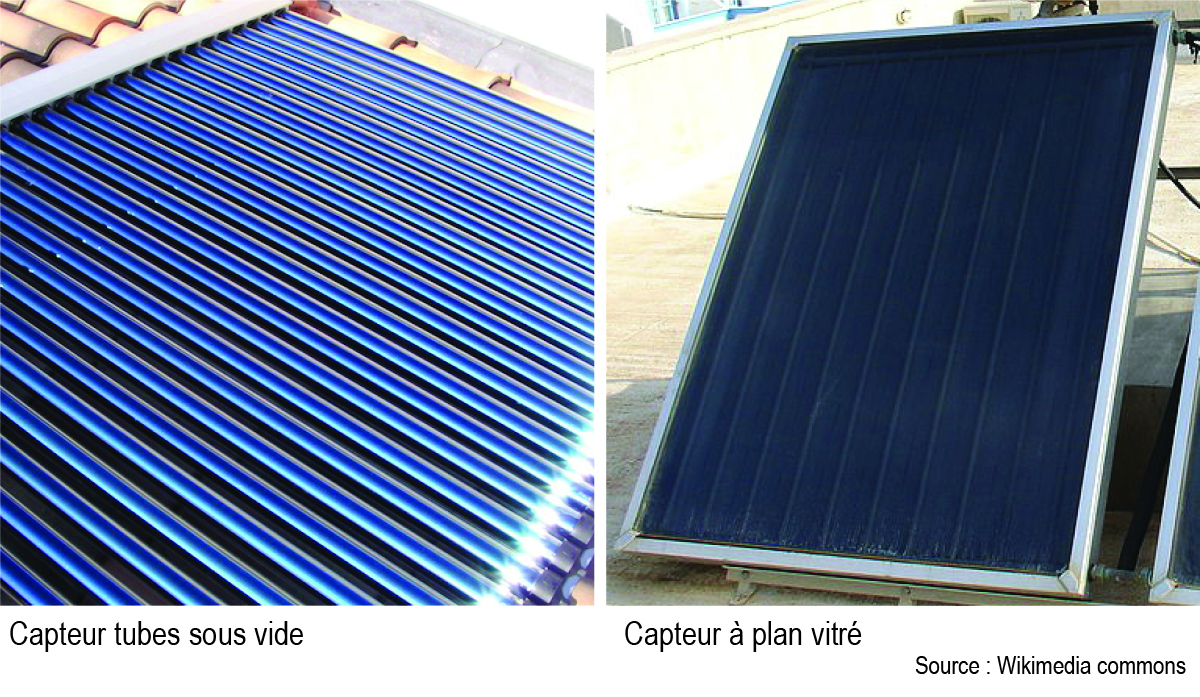
Upon leaving the sensors, the heat transfer fluid (which can be air or often a mix of water and glycol) flows round a closed circuit that transits through the tank, thereby heating the water inside. There are three types of solar water heater:
- Electric pump systems (see diagram 1), in which a small pump, or circulator, sends the heat transfer fluid around the circuit. The tank can be located anywhere in the house. This is the most widely used system in Europe.

- systems, which do not have a pump. The tank needs to be located higher than the sensors to allow the heat transfer fluid to flow naturally upward.2.
- Monoblock systems, which are also based on thermosiphon technology, only here the water tank is located outside, just above the sensors. Since the tanks are heavy, monoblocks are usually installed on the ground or on terraces. The tanks must be well insulated, which is expensive. These systems are mainly used in hot countries.
In temperate climates, there is not enough solar energy to cover needs all year round (delivering only 70% to 80% of the annual requirement in the best case scenario in the South of France, for example). This means that an auxiliary energy source is required, often in the form of an electrical resistance heater. It is also important to guard against the risk of overheating in very strong sunshine.
Thermodynamic Water Heaters
Thermodynamic water heaters use a . These systems absorb heat from either the ambient air (aerothermal) or the ground ( ) to heat domestic water.
In monoblock aerothermal units (see diagram 2), which are the most widely used variety, the heat pump is directly connected to the water tank. These systems have the disadvantage of lowering the temperature of a room as they absorb the heat, and so should ideally be installed in the non-living areas of the home, such as a garage. If the home has forced ventilation, the air expelled by this system may be used by the heat pump.

Like air conditioners, some thermodynamic water heaters are split systems, where the heat pump absorbs energy from the air outside. This means that they are more dependent on outside temperature and relatively inefficient in conditions below -5°C.
The heat pump’s compressor is powered by electricity and, like solar water heaters, thermodynamic systems need to be supplemented by an auxiliary energy source, usually electric, to ensure hot water all year round.
Geothermal water heaters are highly efficient and suitable for cold climates, but they are more expensive and require a certain amount of vacant space around the house to install the geothermal sensors, which come in the form of underground pipes.
Heliothermal systems are also available, combining a heat pump with panels that absorb energy from outdoor air and the sun.
Sources :
- See the ADEME platform (in French) – https://www.ademe.fr/expertises/batiment/passer-a-laction/elements-dequipement/leau-chaude-sanitaire
- Thermal expansion means that the hotter a fluid gets, the more it expands, rising above the denser cold fluid and creating a natural flow around the circuit.

